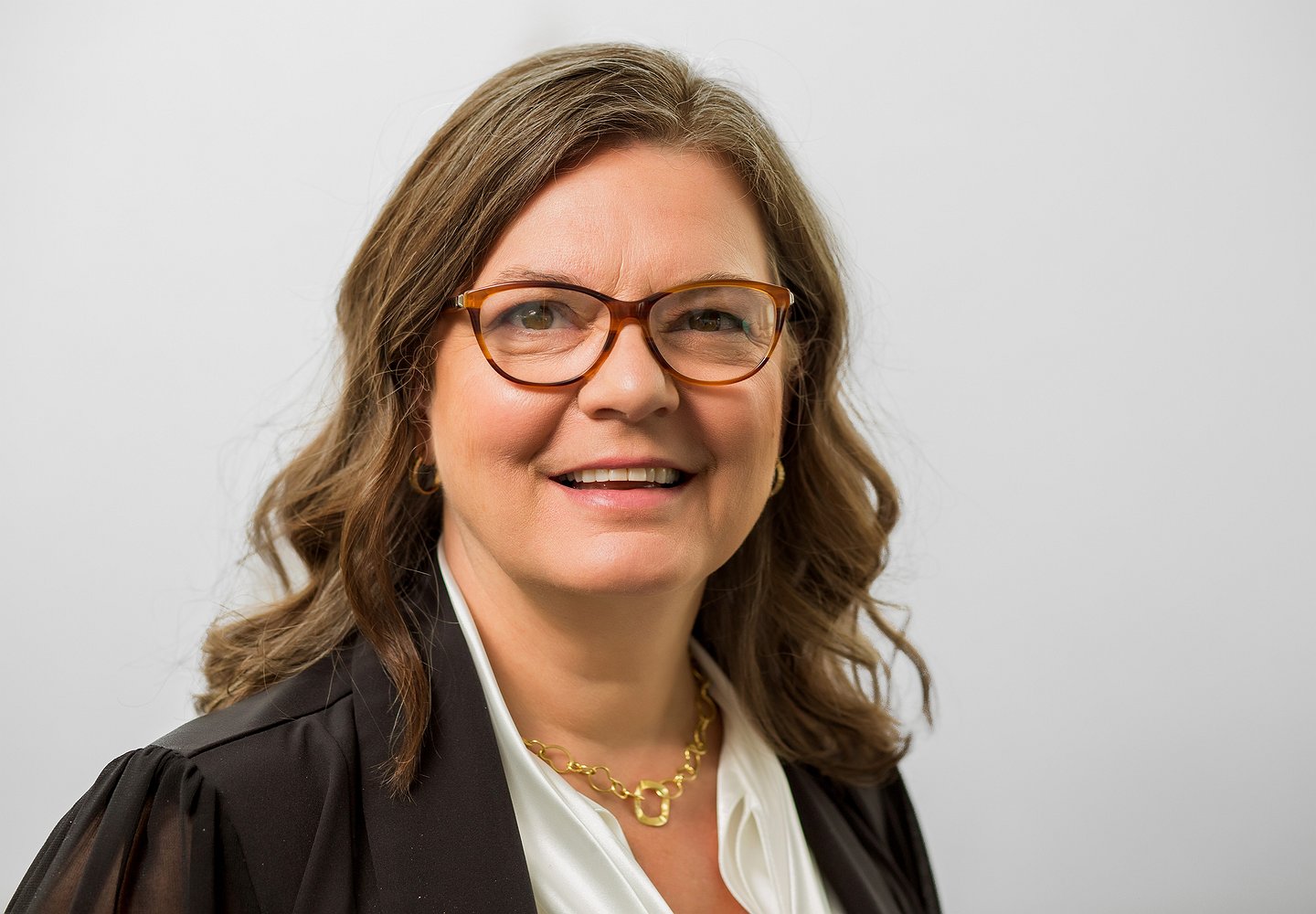 If Leslie Wood
had taken the same professional path as her parents, she would have
been an artist -- a musician like her father or a dancer like her
mother. Instead, Wood is an artist of data and analytics. She is
currently the Chief Research Officer of Nielsen
Catalina where she has established a strong reputation in branding and
connecting consumer viewing behavior with purchasing activity. Her
out-of-the-box conceptual thinking has led to industry recognition as an
ARF award recipient. Wood (pictured above) is the first female to
receive the prestigious Erwin Ephron Demystification Award, which was
first established by the Advertising Research Foundation six years ago.
If Leslie Wood
had taken the same professional path as her parents, she would have
been an artist -- a musician like her father or a dancer like her
mother. Instead, Wood is an artist of data and analytics. She is
currently the Chief Research Officer of Nielsen
Catalina where she has established a strong reputation in branding and
connecting consumer viewing behavior with purchasing activity. Her
out-of-the-box conceptual thinking has led to industry recognition as an
ARF award recipient. Wood (pictured above) is the first female to
receive the prestigious Erwin Ephron Demystification Award, which was
first established by the Advertising Research Foundation six years ago.To do that accurately, "you need to go back at least one year," she noted. "What we found, though, is that most people aren't willing to measure something over a year old. 'Oh, that campaign? I'm done with that. I want to know about this one.' So, the focus here is, can we estimate the incremental? It's all about making sure it is right and real."
Nielsen Catalina recently announced that they are measuring incremental sales with Google, building it in a walled garden and "using methods that have not been broadly used before because most tried and true measures require a researcher to be monitoring and you can't do that in a walled garden," Wood said.
Her team has also brought many new industry-wide products to market recently, including in-flight optimization, which is a new measurement methodology that she calls next-gen. "It allows us to track campaigns in real time. There are all kinds of products being developed out of that."
What led to the Erwin Ephron Demystification Award was Wood's brand work, which has pushed the limits of measurement and incorporated a range of different data sets. "There was a core 'ah-ha' [moment]," she explained. "We had all of this data, including advertising spend, which gave us not only the spend but also the share of voice. We had from RMS price and promotion and features and store-level sales. Then from our frequent shopper data, we had all of the measures of household level data, like repeat rates and purchase cycles, loyalty levels and things that require people-level data. We have advertiser promotion and sales and put them together to look at. and included for every data set any measure that was standardly available."
But how is it possible to integrate all of these disparate data sets? "When we looked at how those measures were related, they were all in different time frames," Wood admitted. "Some penetration is past year -- sometimes the past six months like the purchase cycle. Everything was a different measure. Some were short-term and some were long and some right now." To overcome that dilemma, Wood compiled every measure she had into two buckets -- four weeks and one year. "Dollars is easy," she added. "How many dollars in four weeks versus dollars in a year and as a rolling four weeks."
Then she did some correlations. What "popped off the page" was that penetration has an 84% correlation with yearly sales. "That is why the focus on penetration has been so strong," she noted. But when she moved it to four weeks, the correlation rose further to 97% over the fifty brands. What does that mean? "That it is much more important to be thinking about getting buyers now, rather than only focusing on the people who didn't buy in the last year," she concluded.
This resulted in a new theory: Get your buyers now. The more you can get now of any kind of consumer, the better off you will be. "Advertising does best among current buyers," she explained. "Maybe it's a shorter purchase cycle or maybe you have increased the repeat rate or increased loyalty. Use advertising for what it is really good at. We know from our work that if you build loyalty and build repeat, you get the long term. This drives both the short and long term."
"Erwin was brilliant at picking some single point to focus on. I picked one measure that I thought, 'Wow, if we really understood this piece it would give us a whole new way of thinking about how to do advertising," Wood said of the inspiration she carries with her from winning the Erwin Ephron Award. Clearly, Wood's creative and novel way of analyzing data will continue to lead to award-worthy insights and game-changing applications.
This article first appeared in www.MediaVillage.com
No comments:
Post a Comment